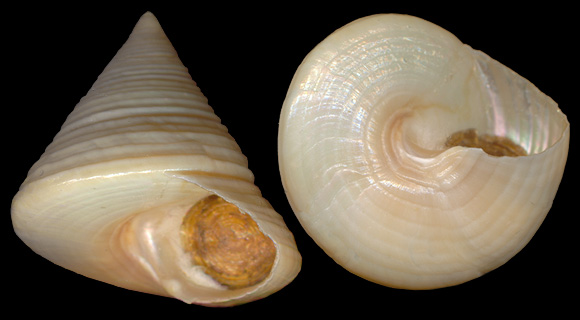in the Atlantic
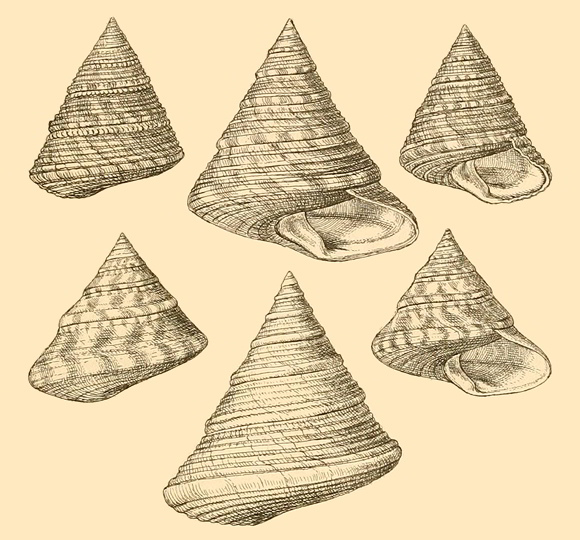
A history of British Mollusca and their shells
vol. II, London 1853.
« From the derivation of the name of this species having been made the subject of much discussion, has arisen the great diversity of spelling discernible in our synonymy ; Professor Macgillivray deduces it from the rolling stone of the legendary Sisyphus, and Chemnitz from the plant zezypha. The “ziziphino colore depictus” (painted like the fruit of the jujube) of Gualtier’s description, was probably the immediate source of the specific appellation. This shell is subject to a peculiarly wide range of variation in form, sculpture, and colouring, yet always so far preserves the essential elements of its specific character as to render a well-defined division of it into two or more species almost an impossibility. »
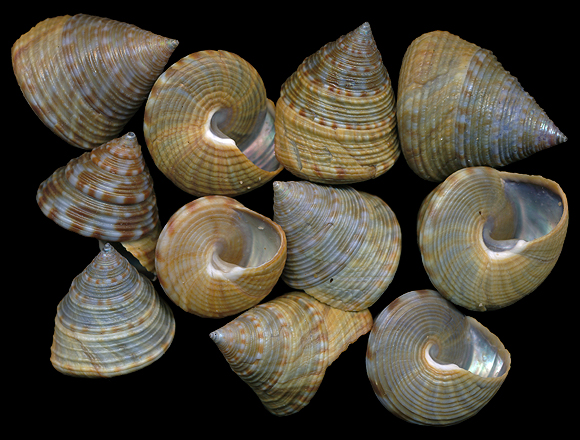
Beachstormed, eastern bay, Sillon de Talbert, west of Paimpol, N. Brittany, NW. France. 18-25mm.
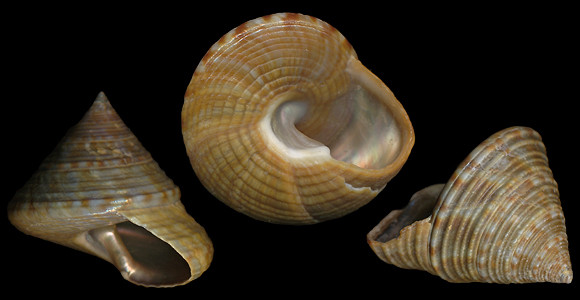
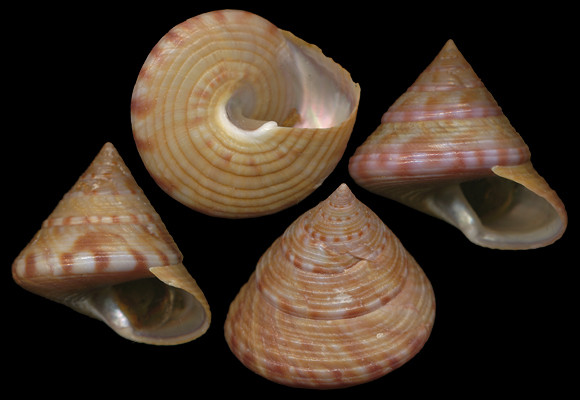
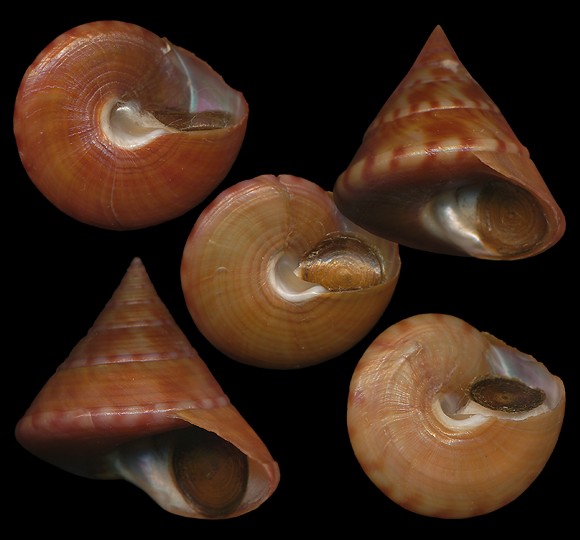
40-60m deep, on muddy bottom with stones, in fish-traps, off Matosinhos, Porto, N. Portugal. 20-25mm.
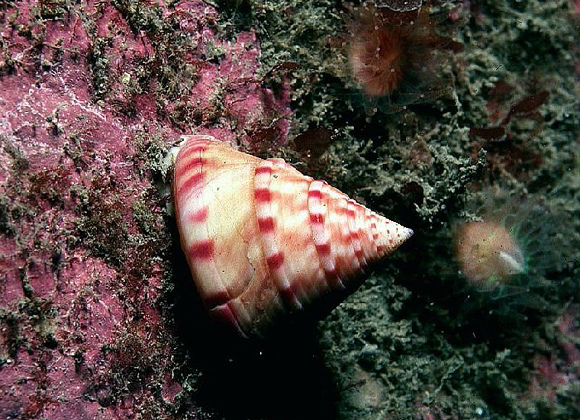
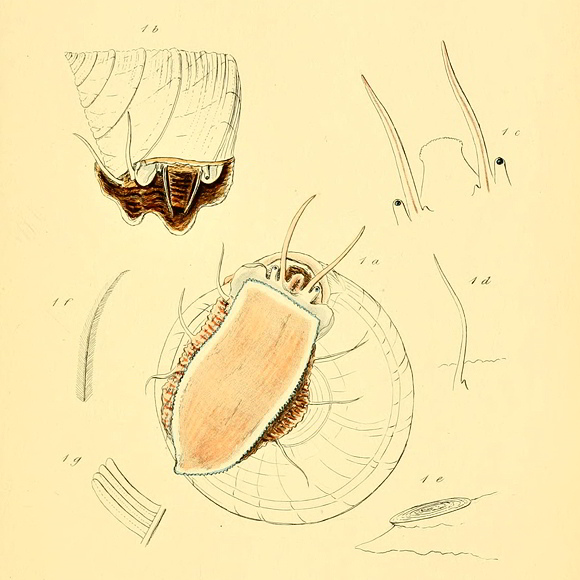
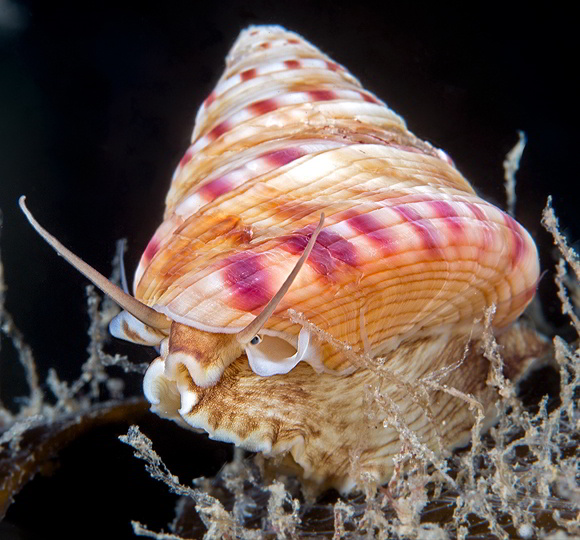
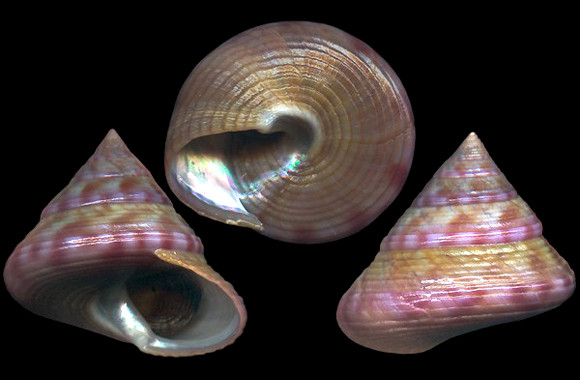
« The whorls are eight to ten in number, of not very rapid increase, much shelving, and rather flattened, or even subretuse ; in the smooth variety they are more rounded ; in the larger individuals of the common littoral form, they are occasionally a little retuse on the body and penult volutions. » – Forbes & Hanley: op. cit.
Smooth and rounded specimen from Saint-Malo. This one was caught in the upper part of a granitic bank, shallow subtidal, among red algae (Sphaerococcus coronopifolius Stackhouse), SW. of the Petit Bé island. 24mm.
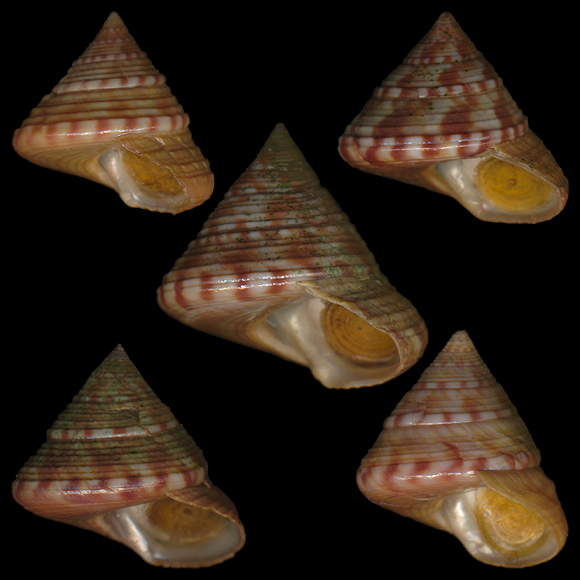
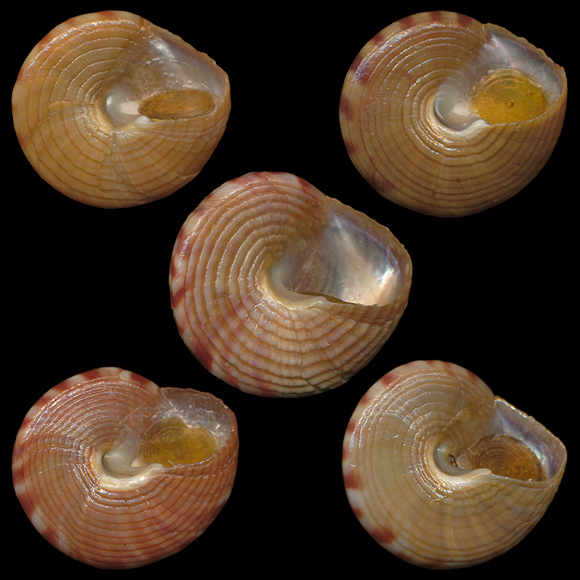
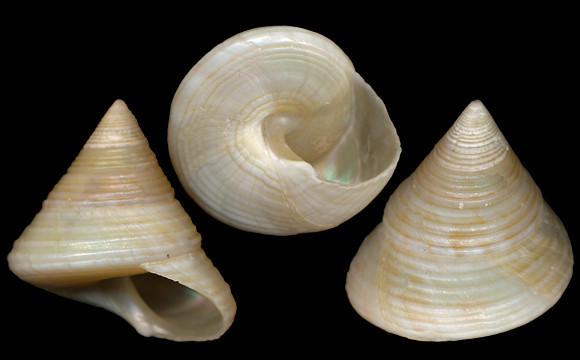
The form “lyonsii” Leach, in Forbes & Hanley, is characterized by strong spiral cords and faded colours on a white background. This one was found on rough sand in ripple-mark, near Les Noires, Plage de Bon Secours, Saint-Malo. 19mm.
